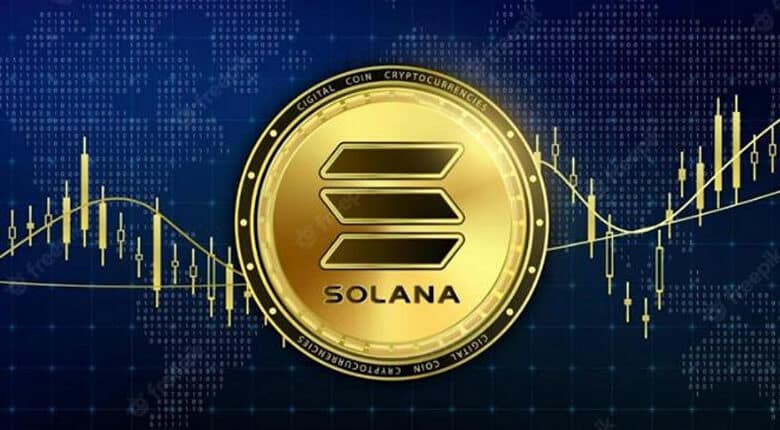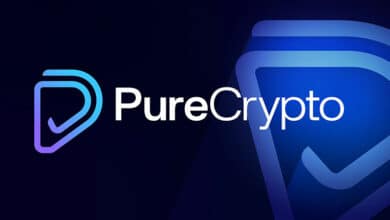Understanding SOL Cryptocurrency

Cryptocurrencies have revolutionized the financial world, offering decentralized and secure alternatives to traditional currencies. One such cryptocurrency that has gained significant attention and popularity is Sol cryptocurrency. In this article, we will explore the world of Sol cryptocurrency, its history, how it works, key features, investing opportunities, security considerations, and its future potential.
History and Background of Sol Cryptocurrency
Sol cryptocurrency, also known as Solana, was introduced in 2020 by Solana Labs. It was created to address the scalability and performance issues faced by other blockchain platforms. Solana’s innovative approach to blockchain technology quickly gained traction and attracted a growing community of developers and users.
How Sol Cryptocurrency Works
Sol cryptocurrency operates on a high-performance blockchain platform designed to handle thousands of transactions per second. It utilizes a proof-of-stake consensus mechanism, where validators hold and stake SOL tokens to secure the network. This mechanism ensures fast and secure transaction processing and enables developers to build decentralized applications (dApps) on the Solana blockchain.
Key Features and Benefits of Sol Cryptocurrency
- Fast Transaction Speed: Solana’s blockchain can process transactions in a matter of seconds, thanks to its unique consensus mechanism and advanced network architecture. This speed is crucial for applications requiring real-time interactions and high throughput.
- Scalability: Solana’s blockchain is designed to scale horizontally, allowing it to handle a growing number of transactions without sacrificing performance. The network can support thousands of dApps and millions of users simultaneously.
- Low Transaction Fees: Solana aims to keep transaction fees affordable, even during peak network usage. This makes it an attractive option for users and businesses looking for cost-effective cryptocurrency transactions.
- Developer-Friendly: Solana offers a developer-friendly ecosystem with robust tooling and resources to facilitate the creation of decentralized applications. It provides programming languages and frameworks that developers are familiar with, making it easier to build on the Solana blockchain.
Sol Cryptocurrency vs. Other Cryptocurrencies
While there are several cryptocurrencies in the market, Sol cryptocurrency stands out due to its unique features and advantages. Unlike some popular cryptocurrencies that struggle with scalability and high fees, Solana offers fast and affordable transactions, making it a practical choice for both everyday users and developers. Additionally, Solana’s growing ecosystem and active community contribute to its appeal and potential for long-term growth.
Investing in Sol Cryptocurrency
Investing in Sol cryptocurrency can be an exciting opportunity for those interested in the crypto market. However, it’s essential to approach investments with caution and conduct thorough research. Here are a few considerations for potential investors:
- Market Analysis: Analyze the current market trends and evaluate Solana’s position within the cryptocurrency market. Consider factors such as price history, trading volume, and overall market sentiment.
- Diversification: As with any investment, diversification is crucial. Consider spreading your investment across different cryptocurrencies and other asset classes to manage risk effectively.
- Risk Management: Cryptocurrency investments carry inherent risks. Set realistic goals, establish risk management strategies, and only invest what you can afford to lose.
- Stay Informed: Stay updated on Solana’s developments, partnerships, and community activities. This information can provide valuable insights into the cryptocurrency’s future potential.
Storing and Securing Sol Cryptocurrency
Properly storing and securing your Sol cryptocurrency is of utmost importance to protect your investment. Consider the following security practices:
- Hardware Wallets: Hardware wallets offer offline storage for your Sol tokens, keeping them safe from potential online threats. Ledger and Trezor are popular hardware wallet options compatible with Solana.
- Software Wallets: Software wallets, such as Solflare and Sollet, provide convenient access to your Solana holdings. Ensure you download wallets from trusted sources and follow recommended security practices, such as using strong passwords and enabling two-factor authentication.
- Security Best Practices: Regularly update your wallet software and operating systems, avoid sharing sensitive information online, and be cautious of phishing attempts and fraudulent websites.
Future Potential and Developments of Sol Cryptocurrency
Solana has shown tremendous potential for growth and development. Its scalable infrastructure and innovative approach to blockchain technology have attracted significant attention from developers, investors, and institutions. As the Solana ecosystem expands, we can expect further advancements, increased adoption, and exciting use cases across various industries.
Challenges and Risks Associated with Sol Cryptocurrency
While Sol cryptocurrency holds promise, it’s essential to consider the challenges and risks associated with it. Some potential challenges include:
- Competition: Solana faces competition from other blockchain platforms aiming to solve scalability and performance issues. Continual innovation and ecosystem development will be crucial for Solana’s success.
- Regulatory Environment: The cryptocurrency landscape is constantly evolving, and regulatory scrutiny is a significant risk. Changes in regulations or unfavorable regulatory actions can impact Solana’s growth and adoption.
- Technical Vulnerabilities: Like any blockchain technology, Solana is not immune to technical vulnerabilities. Regular security audits, bug bounty programs, and community involvement in the network’s security are crucial to mitigate risks.
Regulatory and Legal Considerations
Cryptocurrencies, including Solana, operate in a regulatory gray area in many jurisdictions. It’s important to understand and comply with the legal requirements of your country or region when dealing with Sol cryptocurrency. Consult with legal professionals familiar with cryptocurrency regulations to ensure compliance and avoid potential legal issues.
Conclusion
Sol cryptocurrency, with its high-performance blockchain and unique features, has gained attention in the cryptocurrency market. Its fast transaction speed, scalability, and developer-friendly ecosystem make it a compelling choice for users and developers alike. However, potential investors and users should be aware of the risks and challenges associated with Solana and ensure proper security measures when dealing with Sol cryptocurrency.
FAQs
1. Can I mine Sol cryptocurrency? No, Solana does not support traditional mining. It uses a proof-of-stake consensus mechanism, requiring validators to hold and stake SOL tokens.
2. Can I use Sol cryptocurrency for everyday transactions? Yes, Solana is designed for everyday transactions. Its fast transaction speed and low fees make it suitable for various use cases, including payments and decentralized applications.
3. What is the total supply of Sol cryptocurrency? The total supply of SOL tokens is capped at 489 million. However, the circulating supply may vary depending on factors such as token burns and releases.
4. How can I buy Sol cryptocurrency? Sol cryptocurrency can be purchased on various cryptocurrency exchanges. Ensure you choose a reputable exchange and follow the necessary security measures when buying or trading SOL tokens.
5. What is Solana’s roadmap for the future? Solana has an ambitious roadmap focused on expanding its ecosystem, attracting developers, and promoting adoption. Stay updated with Solana’s official channels and announcements to learn about upcoming developments.




